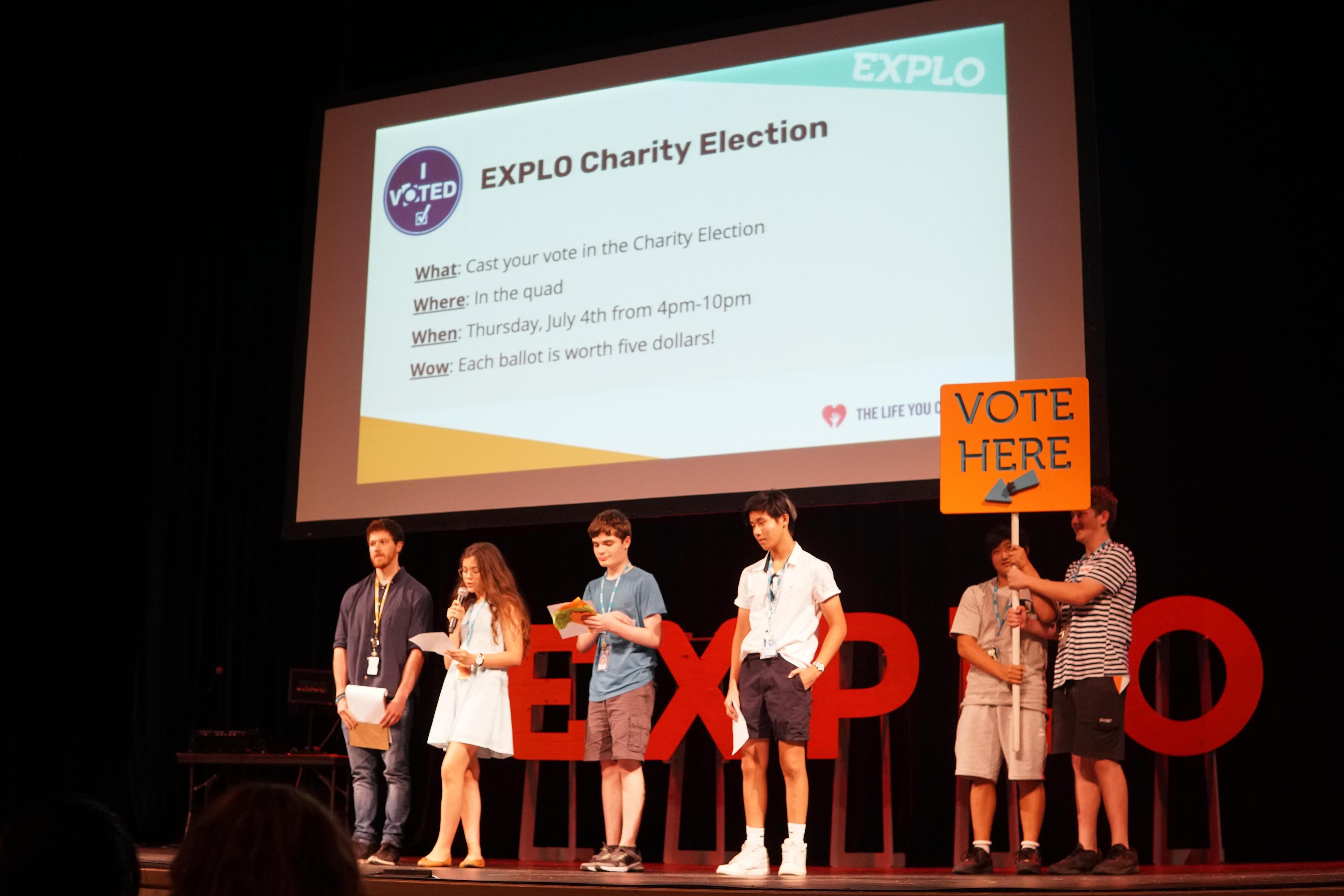School Successes
Schools are running charity elections around the world
Congratulations to all the schools that ran charity elections in previous years! Here are profiles of some schools that have implemented the programme.
Balcatta Senior High School
Student leaders at Balcatta Senior High School published an article on the election on their school’s website. The election was organised by a team of students and teacher in the Save the World club, and seven students received Service Leadership Certificates. The winning charity was the Seva Foundation, which received a donation that can restore eyesight for ~9 people with curable blindness who cannot afford surgery.
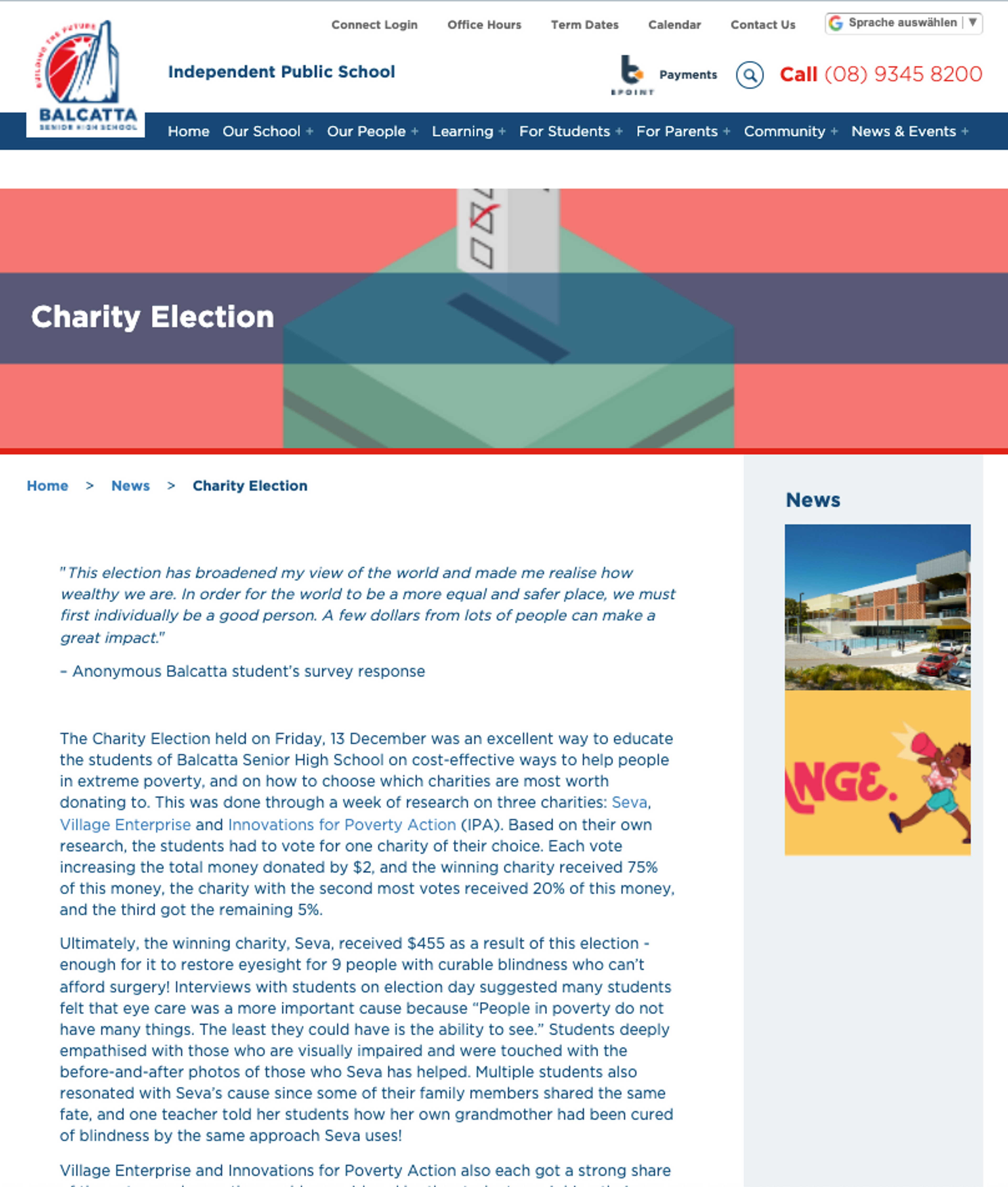
Winston Preparatory School
After running a charity election event that saw over 80% of the student body voting, the election coordinator at Winston Preparatory School presented the results of his school’s charity election at the teacher professional development programme, What Does 21st Century Civic Engagement Look Like?, hosted by the Federal Reserve Bank of New York (the New York Fed). He also published an article on how the event impacted and inspired his students.
EXPLO at Yale University
EXPLO at Yale University began regular discussions of philosophy with students who stopped by the voting booth, which was featured on their Instagram page. The team of student leaders in the Philosophy class presented the election to students and teachers in their summer learning programme, representing dozens of countries around the world.

Northfield High School
The social studies department at Northfield High School has run the programme for several consecutive years with a variety of charities. After one charity election, a group of students started an animal welfare group and created a digital plant-based cookbook. After another, student leaders in the AP Government & Politics class published a post on the Giving What We Can blog with their teacher and flew to Philadelphia to present at the National Council for the Social Studies annual conference.
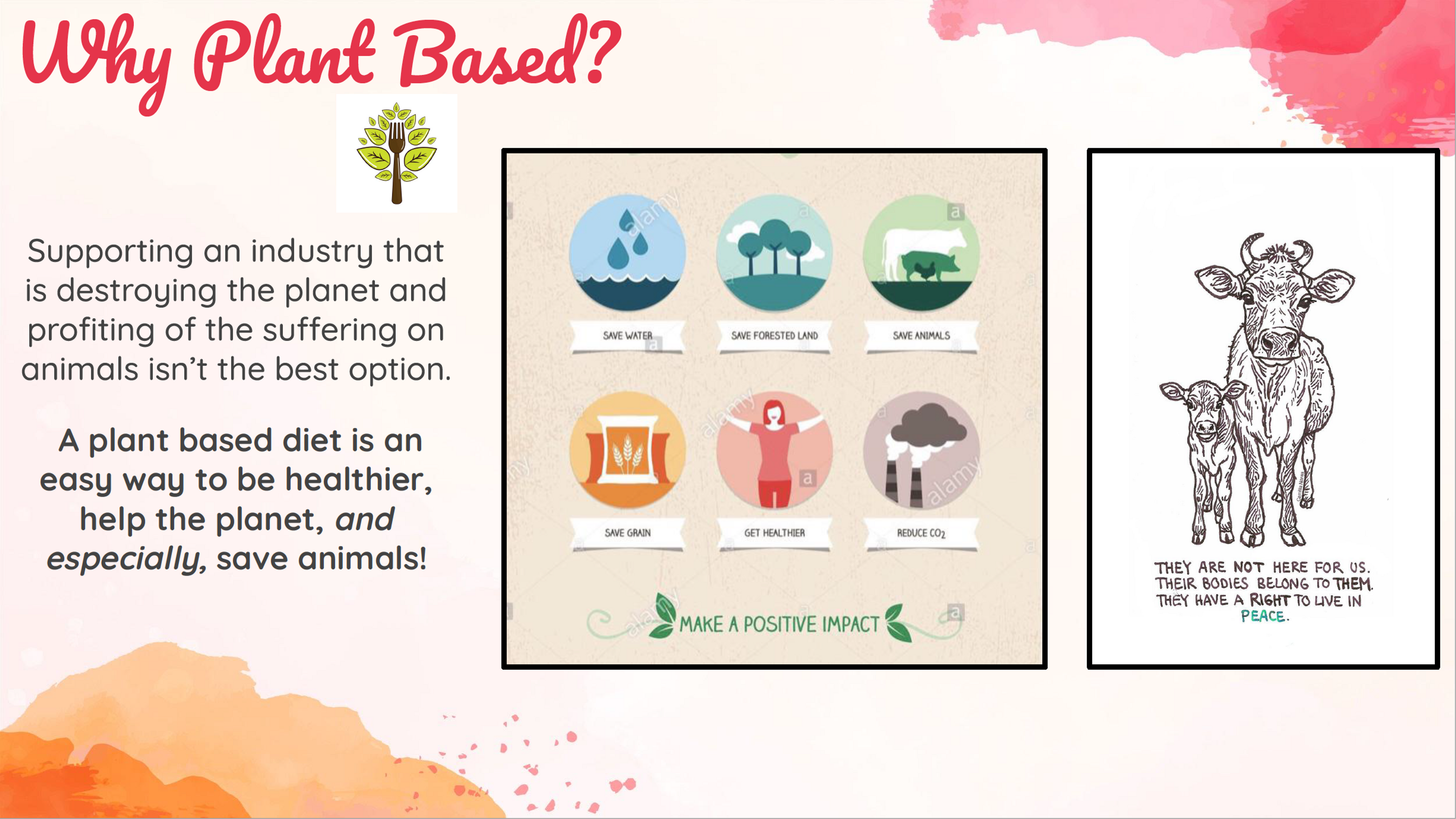
Istituto Salesiano Madonna degli Angeli
After translating the programme materials into Italian for other schools as well as their own, the trailblazing folks at the Istituto Salesiano Madonna degli Angeli in Alassio, Italy ran an election across the secondary school and the top year of the middle school. Student leaders mentioned that it was a great opportunity “to improve the unity of the class,” as students who rarely interacted had an opportunity to have a meaningful exchange of viewpoints. The school put extra emphasis on the reflective aspects of the process: student leaders conducted interviews with over 50 students and staff, and were gratified to see that—despite all the different perspectives—“so many people have a desire to do good and to act.”

Over 50 interviews gave students insights into the variety of perspectives around giving and approaches to problem solving of their fellow students as well as school staff.
Resurgence Hall Middle Academy
The 5th grade students at Resurgence Hall Middle Academy voted in a close election, resulting in the first ever school event ending in a tie between two charities. After the election, the scholars shared their reflections about charity at a whole-school assembly and wrote essays on what they learned from the experience. As one student put it, "it makes me want to help others and makes me want to make the world a better place."
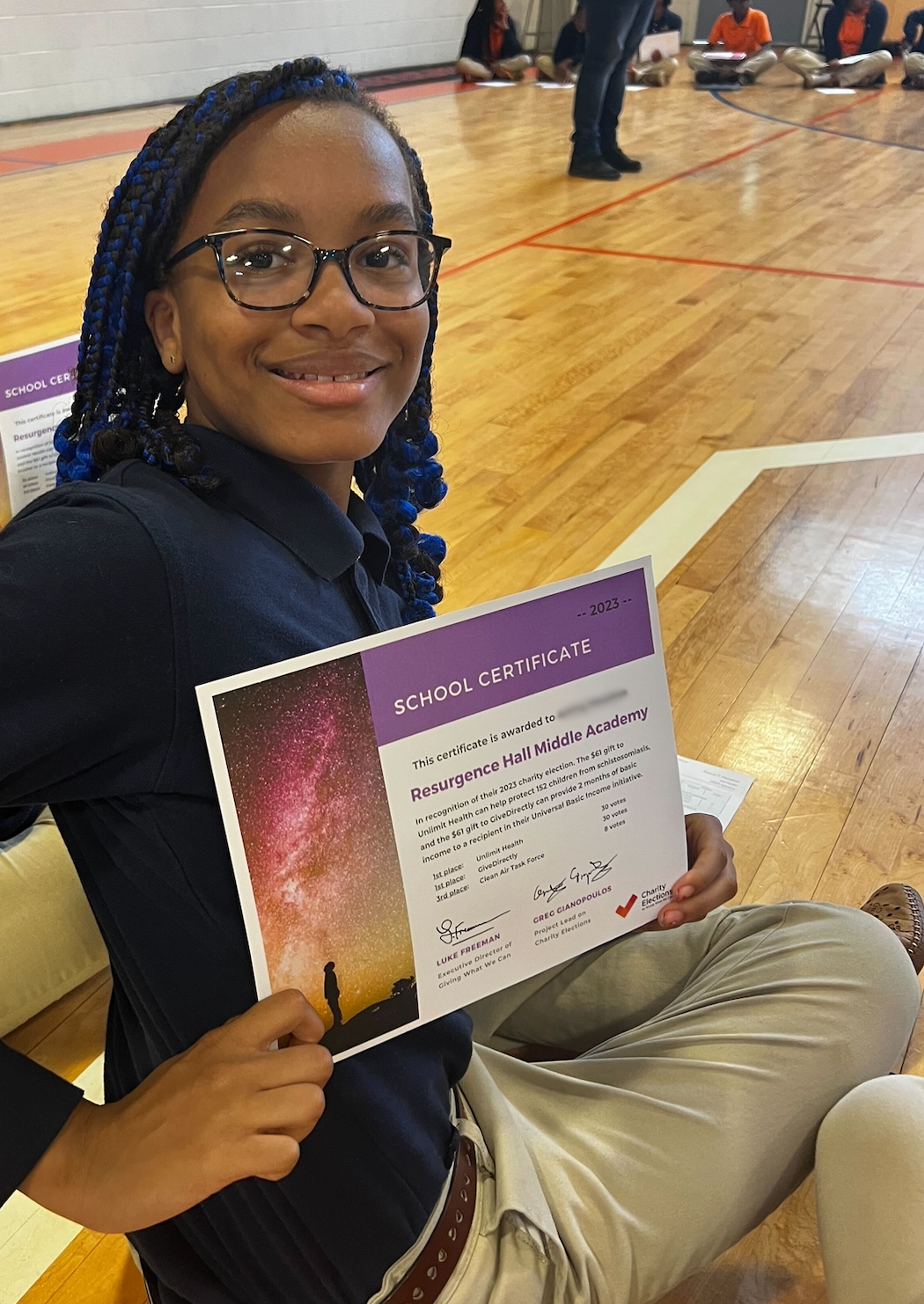
Highgate School
Not only students are inspired by a charity election. After the event at Highgate School in London, several teachers approached organizer and Biology teacher Jenny Chapman, telling her, “This was sort of a lightbulb moment for me. It made me think about how I gift and how I think about charities." The influence of the Highgate event is likely to carry on in another important way: At the beginning of each year, Highgate students propose causes that are important to them, and from these are chosen the charities that will be the subject of all fundraisers and volunteering support that year. After this election, the person in charge of Charity and Partnerships decided to get students to respond to a new metric of charity impact in their proposals about who to raise money for. “This is massive,” says Chapman, “because it changes the ethos of how we decide where we will give in school and will become part of the decision process.”
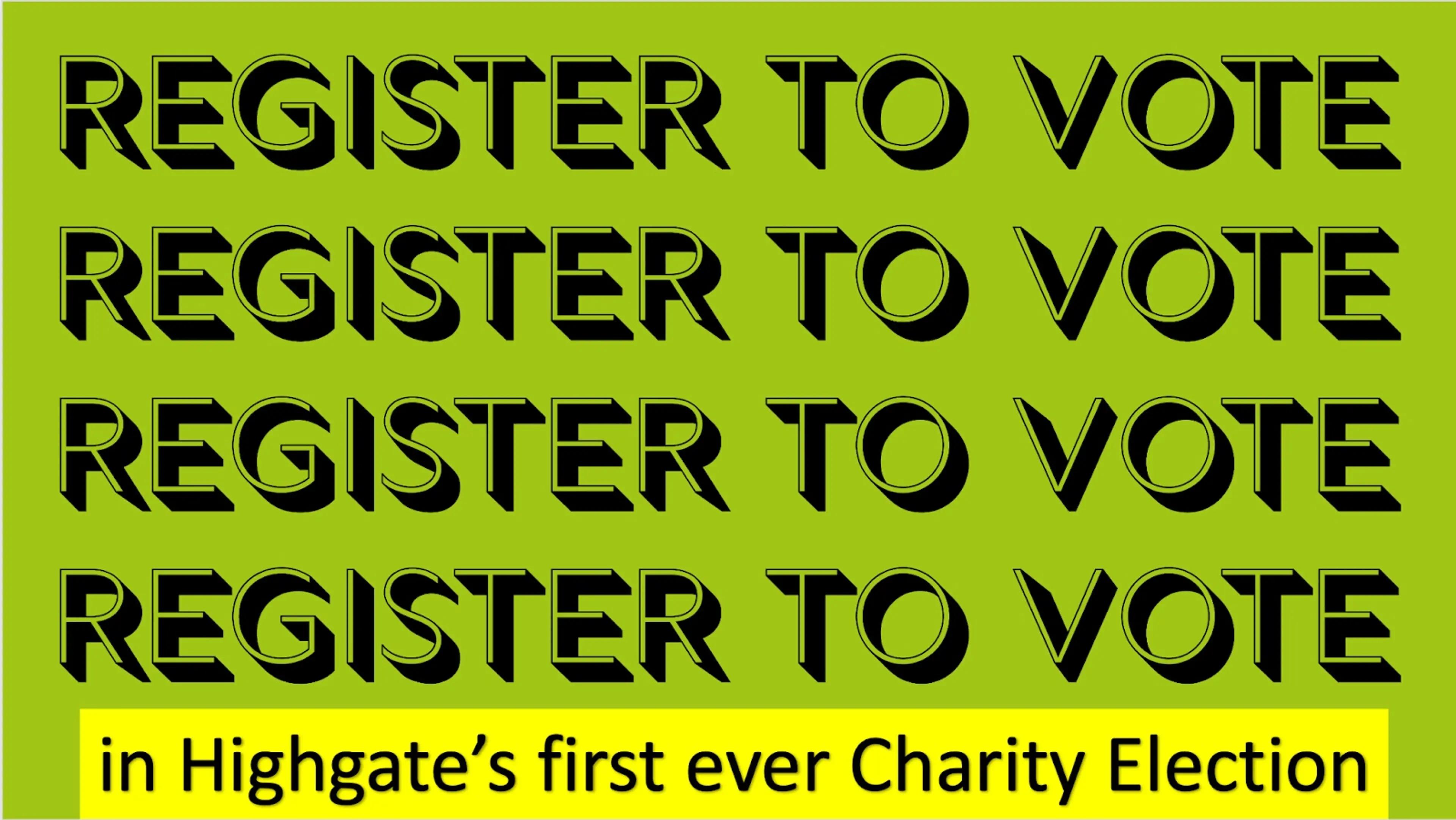
Teacher Testimonials
“Students and teachers were given a great opportunity to discuss personal responsibility about worldwide issues. Researching a charity and casting a vote that includes actual funds to the winning charity gave students a chance to truly practise what it means to be ‘global citizens.’” - Kevin Dahle, Civics teacher, former Minnesota state senator, and Minnesota Alliance With Youth board member
“This was such a valuable exercise for the pupils who perhaps hadn’t thought about why you might choose one charity over another and it allowed in-depth discussion of how important cost-effectiveness is and how you might measure impact. Inclusion of The Humane League as an option to be selected also prompted a discussion surrounding the idea of expanding our moral circle and how much importance we place on animal suffering. Feedback from pupils in the rest of the school was very positive, and they appreciated being asked directly about their views." - Emma Kenzie, Geography teacher, charities coordinator, and facilitator, “Building a Better Future”
"I think the charity election was a phenomenal success / experience for our kids and I'm even hoping to take part again next year if it's an option! I think it was an incredible way to very straightforwardly introduce the concept of EA and in a context that made the underlying theme of measuring impact that much more clear since students actually got to vote on what would be most impactful for them." - Dan Roeder, Maths teacher
"Our kids had an absolutely great experience! Both our leaders and participants enjoyed the discussions and learning about the various charities. Our leaders got to learn and practice their public speaking and discussion leading skills so that was incredibly invaluable for our students." - Mary McInerney, Educational technology specialist, teacher
